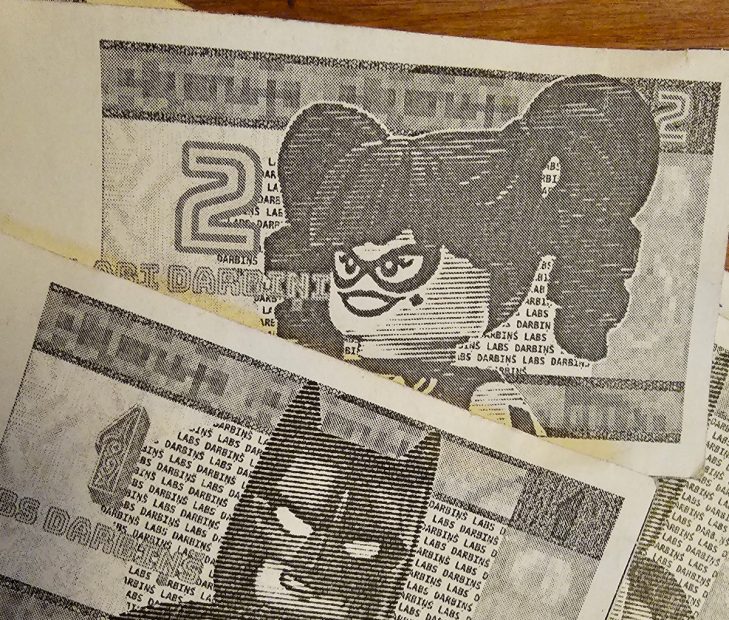Good Deeds Money Notes for ‘transactions’ with children for the good deeds they have done.
Table of Contents
- Why is game money necessary?
- How it works?
- What is a good deed? How can a child earn points?
- How children can spend their points?
- What does it give to the children?
- Download the good deed money notes.
- Support our work on various printable tasks and new articles.
- Its not the thing you ware looking for?
- Finders keepers
Why is game money necessary?
Gamification – when game elements are added to not a game situation.
There is a Mom/Dad’s store where you can buy various things/services. And there is money that you receive for various good deeds. It is important that all participants adhere to the point system (parents, children), otherwise children will start exploiting loopholes and demand time on devices,gadgets from whoever isnt involved in points system.
How it works?
The child earns points with their good deeds – good deed money – which they can spend according to their own beliefs. When the points/money run out, it’s time to do a little job – water the flowers, tidy up the dishes in the kitchen, etc.
What is a good deed? How can a child earn points?
It’s up to you to come up with it yourselves, but the main thing is to agree with the children on what they can earn points for and how much. As an example, we have our list of good deeds:
- 3 good deed points – attending school or kindergarten.
- 3 good deed points – participating in after-school activities such as choir, dancing, or chess club.
- 1 good deed point – completing school or kindergarten homework – one assignment equals one point.
- 10 good deed points – trying a new dish (salads, greens, soups) – this may not be relevant to others, but it is for us. We are trying to introduce a variety of foods, and so far, this method helps us try different salads.
- 1 to 3 good deed points – completing various training tasks – depending on the difficulty, if the child easily handles it, then 1 point, if it’s challenging for the child, then 3 points. Over time, the challenging 3-point tasks become 1-point tasks.
- Tidying up the room, carrying dishes, watering plants, and other help at home – 1 good deed point.
- 1 good deed point – brushing teeth.
- 1 to 3 good deed points – assembling puzzles.
- 3 points – playing the Ukulele (for 30 minutes).
- 3 points – exercising/taking a walk for at least an hour.
But you yourselves need to think about what and how much it will be earned, because it will be difficult to change it later. But the main idea is that those tasks that needs more motivation should earn more points for children.
How children can spend their points?
Its up to you. You need to think about what can be bought with the points yourselves. But as an example, we have our list:
- 1 hour with electronic devices, computer – will costs 3 points (currently I think it’s too little for an hour, but it’s difficult to change this price tag).
- 1 – 3 points for additional sweets or candies, depending on a candy.
- 3 points for an extra movie – on Saturday mornings, when we wake up, we watch a movie, after the movie we start our activities, and if the kids want, they can extend the morning by ‘buying’ another movie.
- 10 points for a draw from the ‘happiness well’ – various small trinkets. You can order various Lego mini-figures from Aliexpress to put in the ‘happiness well’. But it might be different things for you as you know what could be interesting for you kids.
- 100 points for unlocking a new video game – we have several Lego games waiting in line – they can’t play until they’ve completed the previous game. But with 100 points, they can unlock a new game.
- Points can also be converted into real money at a rate of approximately 10:1 – that means if a child sees an item in the store that they really want, they can save up points for it – the more expensive the item, the more points it will cost.
What does it give to the children?
- Clear rules on how to earn and how to spend.
- The child chooses what to do, how to spend, and how to earn points.
- Learning to count, unfortunately, there are currently only 3 types of money bills (1, 2, 3), but for a start, it’s sufficient
Download the good deed money notes.
After filling out the form, you will receive a document with 3 pages, each page containing a different denomination of money note. Print, cut out, and use.
If you need more of a certain money note, you can print it separately multiple times; in the printing settings, you can specify which page and how many times to print.
I hope these game/good deed money notes will be useful. If you want the money notes to be in color, you can print them on A4 sheets that come in various colors. Colored A4 paper can be purchased at bookstores.
Support our work on various printable tasks and new articles.
The simplest and most affordable way to support us is through word of mouth – share our articles on your social networks. Other ways of support are described here.
Its not the thing you ware looking for?
Within our capabilities, we continuously supplement the content with new tasks and worksheets, but if you have any ideas, suggestions, or corrections, please contact us.
Finders keepers
Use the search engine, maybe you will find printable tasks suitable for you, free printable worksheets for children.

